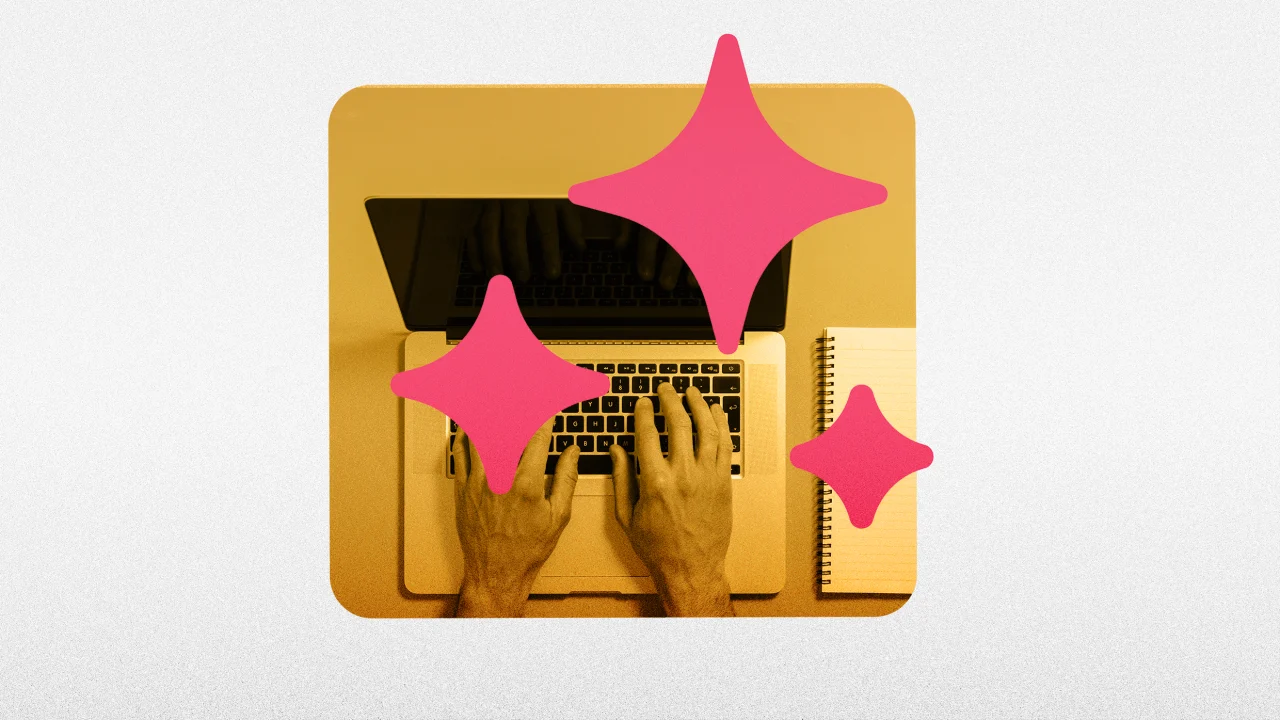Vision Foundation Models: Implementation and Business Applications
In this tutorial, we’ll explore implementing various vision foundation models for business applications. We’ll focus on practical code implementation, technical details, and business use cases rather than theoretical aspects. Setup and Environment Configuration First, let’s set up our environment and install the necessary libraries: # Verify CUDA availability for GPU acceleration 1. CLIP: Contrastive Language-Image […] The post Vision Foundation Models: Implementation and Business Applications appeared first on MarkTechPost.

In this tutorial, we’ll explore implementing various vision foundation models for business applications. We’ll focus on practical code implementation, technical details, and business use cases rather than theoretical aspects.
Setup and Environment Configuration
First, let’s set up our environment and install the necessary libraries:
!pip install torch torchvision transformers timm pillow matplotlib opencv-python tensorflow-hub tensorflow
!pip install huggingface_hub sentence-transformers ftfy regex tqdm
!pip install accelerate# Verify CUDA availability for GPU acceleration
import torch
print(f"PyTorch version: {torch.__version__}")
print(f"CUDA available: {torch.cuda.is_available()}")
if torch.cuda.is_available():
print(f"CUDA device: {torch.cuda.get_device_name(0)}")1. CLIP: Contrastive Language-Image Pre-training
CLIP by OpenAI excels at connecting images with natural language, making it powerful for zero-shot image classification and retrieval tasks.
Business Applications:
- Product image search and recommendation
- Content moderation
- Visual brand monitoring
- Cross-modal retrieval systems
import torch
from PIL import Image
import requests
from transformers import CLIPProcessor, CLIPModel
import matplotlib.pyplot as plt
import numpy as np
# Load model and processor
model_id = "openai/clip-vit-base-patch32"
model = CLIPModel.from_pretrained(model_id)
processor = CLIPProcessor.from_pretrained(model_id)
# Function to get image embeddings
def get_clip_image_embedding(image_path):
image = Image.open(image_path) if isinstance(image_path, str) else image_path
inputs = processor(images=image, return_tensors="pt")
with torch.no_grad():
image_features = model.get_image_features(**inputs)
return image_features
# Function to perform zero-shot classification
def classify_image_with_clip(image_path, categories):
image = Image.open(image_path) if isinstance(image_path, str) else image_path
inputs = processor(
text=categories,
images=image,
return_tensors="pt",
padding=True
)
with torch.no_grad():
outputs = model(**inputs)
logits_per_image = outputs.logits_per_image
probs = logits_per_image.softmax(dim=1)
# Return dict of categories and probabilities
return {categories[i]: probs[0][i].item() for i in range(len(categories))}
# Example: Product categorization
url = "https://images.unsplash.com/photo-1542291026-7eec264c27ff?q=80&w=1470&auto=format&fit=crop"
image = Image.open(requests.get(url, stream=True).raw)
product_categories = [
"sneakers", "formal shoes", "sandals", "boots",
"sports equipment", "casual wear", "luxury item"
]
results = classify_image_with_clip(image, product_categories)
# Sort results by probability
sorted_results = dict(sorted(results.items(), key=lambda x: x[1], reverse=True))
# Display the image and classification results
plt.figure(figsize=(12, 6))
# Plot the image on the left
plt.subplot(1, 2, 1)
plt.imshow(np.array(image))
plt.title("Input Image")
plt.axis("off")
# Plot the classification results on the right
plt.subplot(1, 2, 2)
categories = list(sorted_results.keys())
scores = list(sorted_results.values())
y_pos = np.arange(len(categories))
plt.barh(y_pos, scores, align="center")
plt.yticks(y_pos, categories)
plt.xlabel("Probability")
plt.title("CLIP Classification Results")
plt.tight_layout()
plt.show()
# Also print results to console
print("Classification Results:")
for category, score in sorted_results.items():
print(f"{category}: {score:.4f}")2. DINO v2: Self-supervised Vision Transformer
DINO v2 by Meta AI Research provides powerful visual features without requiring labeled data, making it excellent for various downstream tasks.
Business Applications:
- Visual similarity search
- Anomaly detection
- Product clustering
- Image feature extraction for downstream ML tasks
import torch
import torchvision.transforms as T
from PIL import Image
import numpy as np
import matplotlib.pyplot as plt
from torch.nn import functional as F
import requests
from io import BytesIO
# Load DINOv2 model
dinov2_vits14 = torch.hub.load('facebookresearch/dinov2', 'dinov2_vits14')
dinov2_vits14.eval()
# Preprocess images for DINOv2
transform = T.Compose([
T.Resize(256),
T.CenterCrop(224),
T.ToTensor(),
T.Normalize(mean=[0.485, 0.456, 0.406], std=[0.229, 0.224, 0.225]),
])
# Function to extract features
def extract_dinov2_features(image_path):
image = Image.open(image_path).convert('RGB') if isinstance(image_path, str) else image_path
img_tensor = transform(image).unsqueeze(0)
with torch.no_grad():
features = dinov2_vits14(img_tensor)
return features
# Function to compute similarity between images
def compute_similarity(img1_path, img2_path):
feat1 = extract_dinov2_features(img1_path)
feat2 = extract_dinov2_features(img2_path)
# Normalize features
feat1 = F.normalize(feat1, dim=1)
feat2 = F.normalize(feat2, dim=1)
# Compute cosine similarity
similarity = torch.mm(feat1, feat2.transpose(0, 1)).item()
return similarity
# Function to download image from URL
def download_image(url):
response = requests.get(url, stream=True)
return Image.open(BytesIO(response.content)).convert('RGB')
# Function to visualize image pair with similarity score
def visualize_similarity(img1_path, img2_path, title=None):
# Load images
if img1_path.startswith(('http://', 'https://')):
img1 = download_image(img1_path)
else:
img1 = Image.open(img1_path).convert('RGB')
if img2_path.startswith(('http://', 'https://')):
img2 = download_image(img2_path)
else:
img2 = Image.open(img2_path).convert('RGB')
# Compute similarity
similarity = compute_similarity(img1, img2)
# Create figure for visualization
fig, axes = plt.subplots(1, 2, figsize=(12, 6))
# Display images
axes[0].imshow(np.array(img1))
axes[0].set_title("Image 1")
axes[0].axis("off")
axes[1].imshow(np.array(img2))
axes[1].set_title("Image 2")
axes[1].axis("off")
# Add similarity score as figure title
fig_title = f"Similarity Score: {similarity:.4f}"
if title:
fig_title = f"{title}n{fig_title}"
fig.suptitle(fig_title, fontsize=16)
plt.tight_layout()
plt.show()
return similarity
# Example: Use direct URLs instead of downloading files first
# Sample sneaker images from Unsplash
url1 = "https://images.unsplash.com/photo-1560769629-975ec94e6a86?w=500" # Red sneaker
url2 = "https://images.unsplash.com/photo-1600185365926-3a2ce3cdb9eb?w=500" # White sneaker
url3 = "https://images.unsplash.com/photo-1491553895911-0055eca6402d?w=500" # Another sneaker
# Visualize pairs with similarity scores
print("Comparing Product 1 and Product 2:")
similarity_1_2 = visualize_similarity(url1, url2, "Red Sneaker vs White Sneaker")
print("nComparing Product 1 and Product 3:")
similarity_1_3 = visualize_similarity(url1, url3, "Red Sneaker vs Another Sneaker")
print("nComparing Product 2 and Product 3:")
similarity_2_3 = visualize_similarity(url2, url3, "White Sneaker vs Another Sneaker")
# Print summary of all similarities
print("nSummary of Similarity Scores:")
print(f"Similarity between product 1 and 2: {similarity_1_2:.4f}")
print(f"Similarity between product 1 and 3: {similarity_1_3:.4f}")
print(f"Similarity between product 2 and 3: {similarity_2_3:.4f}")3. Segment Anything Model (SAM): Advanced Image Segmentation
SAM by Meta AI provides powerful zero-shot segmentation capabilities for various business applications.
Business Applications:
Automated image cataloging
Precise product measurement in retail
Medical image analysis
Agricultural crop monitoring
Content creation and editing
# Install required libraries for SAM
!pip install git+https://github.com/facebookresearch/segment-anything.git
import torch
import numpy as np
import matplotlib.pyplot as plt
from segment_anything import sam_model_registry, SamPredictor
import cv2
from PIL import Image
import requests
# Download SAM checkpoint
!wget -q https://dl.fbaipublicfiles.com/segment_anything/sam_vit_h_4b8939.pth
# Load SAM model
sam = sam_model_registry["vit_h"](checkpoint="sam_vit_h_4b8939.pth")
device = "cuda" if torch.cuda.is_available() else "cpu"
sam.to(device)
predictor = SamPredictor(sam)
# Function to perform automatic segmentation
def segment_image(image_path):
# Load image
image = cv2.imread(image_path)
image_rgb = cv2.cvtColor(image, cv2.COLOR_BGR2RGB)
# Set image for SAM
predictor.set_image(image_rgb)
# Generate automatic masks
masks, scores, logits = predictor.predict(
point_coords=None,
point_labels=None,
multimask_output=True,
box=None
)
return image_rgb, masks, scores
# Function to visualize segmentation results
def visualize_segmentation(image, masks, scores, limit=5):
plt.figure(figsize=(15, 10))
# Display original image
plt.subplot(1, limit+1, 1)
plt.imshow(image)
plt.title("Original Image")
plt.axis('off')
# Display top masks
top_indices = np.argsort(scores)[-limit:][::-1]
for i, idx in enumerate(top_indices):
plt.subplot(1, limit+1, i+2)
plt.imshow(image)
plt.imshow(masks[idx], alpha=0.7, cmap='jet')
plt.title(f"Mask {i+1}nScore: {scores[idx]:.3f}")
plt.axis('off')
plt.tight_layout()
plt.show()
# Example: Product segmentation for e-commerce
!wget -q -O product_image.jpg "https://images.unsplash.com/photo-1525966222134-fcfa99b8ae77?w=800"
image_rgb, masks, scores = segment_image("product_image.jpg")
visualize_segmentation(image_rgb, masks, scores)
# Business application: Calculate precise product measurements
def calculate_object_dimensions(mask):
# Find contours in the mask
contours, _ = cv2.findContours((mask * 255).astype(np.uint8),
cv2.RETR_EXTERNAL,
cv2.CHAIN_APPROX_SIMPLE)
if not contours:
return None
# Get the largest contour
largest_contour = max(contours, key=cv2.contourArea)
# Get bounding rectangle
x, y, w, h = cv2.boundingRect(largest_contour)
# Calculate aspect ratio
aspect_ratio = w / h
# Calculate area in pixels
area_pixels = cv2.contourArea(largest_contour)
return {
'width': w,
'height': h,
'aspect_ratio': aspect_ratio,
'area_pixels': area_pixels
}
# Apply to the highest scoring mask
best_mask_idx = np.argmax(scores)
dimensions = calculate_object_dimensions(masks[best_mask_idx])
print("Product Dimensions:")
print(f"Width: {dimensions['width']} pixels")
print(f"Height: {dimensions['height']} pixels")
print(f"Aspect Ratio: {dimensions['aspect_ratio']:.2f}")
print(f"Area: {dimensions['area_pixels']} square pixels")4. BLIP-2: Vision-Language Model for Business Intelligence
BLIP-2 provides advanced vision-language capabilities for multimodal business applications.
Business Applications:
- Automated product description generation
- Image-based customer service automation
- Visual content analysis for marketing
- Social media content understanding
from transformers import Blip2Processor, Blip2ForConditionalGeneration
import torch
from PIL import Image
import requests
import matplotlib.pyplot as plt
import numpy as np
from io import BytesIO
# Load BLIP-2 model
processor = Blip2Processor.from_pretrained("Salesforce/blip2-opt-2.7b")
model = Blip2ForConditionalGeneration.from_pretrained("Salesforce/blip2-opt-2.7b", torch_dtype=torch.float16)
if torch.cuda.is_available():
model = model.to("cuda")
# Function to download image from URL
def download_image(url):
response = requests.get(url, stream=True)
return Image.open(BytesIO(response.content)).convert('RGB')
# Function for image captioning
def generate_caption(image_path):
# Load image from path or URL
if isinstance(image_path, str):
if image_path.startswith(('http://', 'https://')):
image = download_image(image_path)
else:
image = Image.open(image_path).convert('RGB')
else:
image = image_path
inputs = processor(images=image, return_tensors="pt")
if torch.cuda.is_available():
inputs = {k: v.to("cuda") for k, v in inputs.items()}
generated_ids = model.generate(**inputs, max_new_tokens=50)
generated_text = processor.batch_decode(generated_ids, skip_special_tokens=True)[0].strip()
return generated_text
# Function for visual question answering
def visual_qa(image_path, question):
# Load image from path or URL
if isinstance(image_path, str):
if image_path.startswith(('http://', 'https://')):
image = download_image(image_path)
else:
image = Image.open(image_path).convert('RGB')
else:
image = image_path
# FIX: Properly format the question for the model
# BLIP-2 needs a specific prompt format for QA
prompt = f"Question: {question} Answer:"
inputs = processor(images=image, text=prompt, return_tensors="pt")
if torch.cuda.is_available():
inputs = {k: v.to("cuda") for k, v in inputs.items()}
generated_ids = model.generate(
**inputs,
max_new_tokens=30,
do_sample=False # Use greedy decoding for more precise answers
)
answer = processor.batch_decode(generated_ids, skip_special_tokens=True)[0].strip()
# Remove the prompt part from the answer
answer = answer.replace(prompt, "").strip()
return answer
# Function to visualize image with caption and QA
def visualize_product_analysis(image_path, questions=None):
# Load image
if isinstance(image_path, str):
if image_path.startswith(('http://', 'https://')):
image = download_image(image_path)
else:
image = Image.open(image_path).convert('RGB')
else:
image = image_path
# Generate caption
caption = generate_caption(image)
# Default questions if none provided
if questions is None:
questions = [
"What color is this product?",
"What material is this product made of?",
"What is the target demographic for this product?",
"What is a key feature of this product?"
]
# Get answers
answers = []
for question in questions:
answer = visual_qa(image, question)
answers.append((question, answer))
# Create visualization
plt.figure(figsize=(12, 10))
# Display image
plt.subplot(2, 1, 1)
plt.imshow(np.array(image))
plt.title("Product Image", fontsize=14)
plt.axis('off')
# Display caption and Q&A
plt.subplot(2, 1, 2)
plt.axis('off')
text_content = f"Generated Description: {caption}nn"
text_content += "Product Analysis:n"
for q, a in answers:
text_content += f"Q: {q}nA: {a}nn"
plt.text(0.01, 0.99, text_content, transform=plt.gca().transAxes,
fontsize=12, verticalalignment='top', wrap=True)
plt.tight_layout()
plt.show()
return caption, answers
# Business application: Automated product listing
def create_product_listing(image_path):
# Load image
if isinstance(image_path, str):
if image_path.startswith(('http://', 'https://')):
image = download_image(image_path)
else:
image = Image.open(image_path).convert('RGB')
else:
image = image_path
# Get basic caption
caption = generate_caption(image)
# Extract product attributes with more specific prompting
color = visual_qa(image, "What colors are visible in this product?")
material = visual_qa(image, "What material does this product appear to be made of?")
use_case = visual_qa(image, "What would be the main use case for this product?")
unique_features = visual_qa(image, "What are any unique or notable features of this product?")
# Create structured listing
listing = {
"title": caption,
"attributes": {
"color": color,
"material": material,
"primary_use": use_case,
"unique_features": unique_features
}
}
# Visualize the listing
plt.figure(figsize=(14, 10))
# Display image
plt.subplot(1, 2, 1)
plt.imshow(np.array(image))
plt.title("Product Image", fontsize=14)
plt.axis('off')
# Display listing details
plt.subplot(1, 2, 2)
plt.axis('off')
listing_text = f"PRODUCT LISTINGnn"
listing_text += f"Title: {listing['title']}nn"
listing_text += "Product Attributes:n"
for attr, value in listing['attributes'].items():
listing_text += f"{attr.replace('_', ' ').title()}: {value}n"
plt.text(0.01, 0.99, listing_text, transform=plt.gca().transAxes,
fontsize=12, verticalalignment='top')
plt.tight_layout()
plt.show()
return listing
# Function for marketing content analysis
def analyze_marketing_content(image_path):
# Load image
if isinstance(image_path, str):
if image_path.startswith(('http://', 'https://')):
image = download_image(image_path)
else:
image = Image.open(image_path).convert('RGB')
else:
image = image_path
# Marketing-specific questions
marketing_questions = [
"What emotions does this image evoke?",
"What brand values are communicated in this image?",
"What target audience would this image appeal to?",
"What call to action would pair well with this image?",
"What marketing channel would this image be most effective on?"
]
# Get answers
marketing_insights = {}
for question in marketing_questions:
answer = visual_qa(image, question)
key = question.split("?")[0].strip().lower().replace(" ", "_")
marketing_insights[key] = answer
# Visualize the analysis
plt.figure(figsize=(14, 10))
# Display image
plt.subplot(1, 2, 1)
plt.imshow(np.array(image))
plt.title("Marketing Visual", fontsize=14)
plt.axis('off')
# Display marketing insights
plt.subplot(1, 2, 2)
plt.axis('off')
insights_text = "MARKETING CONTENT ANALYSISnn"
for question, key in zip(marketing_questions, marketing_insights.keys()):
insights_text += f"{question}n{marketing_insights[key]}nn"
plt.text(0.01, 0.99, insights_text, transform=plt.gca().transAxes,
fontsize=12, verticalalignment='top')
plt.tight_layout()
plt.show()
return marketing_insights
# Function for social media understanding
def analyze_social_media_content(image_path):
# Load image
if isinstance(image_path, str):
if image_path.startswith(('http://', 'https://')):
image = download_image(image_path)
else:
image = Image.open(image_path).convert('RGB')
else:
image = image_path
# Generate caption
caption = generate_caption(image)
# Social media specific analysis
engagement_potential = visual_qa(image, "How likely is this image to engage viewers on social media?")
suggested_hashtags = visual_qa(image, "What hashtags would be appropriate for this image on social media?")
platform_fit = visual_qa(image, "Which social media platform would this image perform best on?")
content_type = visual_qa(image, "What type of social media post would this image be suitable for?")
# Create analysis dict
social_analysis = {
"caption": caption,
"engagement_potential": engagement_potential,
"suggested_hashtags": suggested_hashtags,
"platform_fit": platform_fit,
"content_type": content_type
}
# Visualize the analysis
plt.figure(figsize=(14, 10))
# Display image
plt.subplot(1, 2, 1)
plt.imshow(np.array(image))
plt.title("Social Media Content", fontsize=14)
plt.axis('off')
# Display social media insights
plt.subplot(1, 2, 2)
plt.axis('off')
insights_text = "SOCIAL MEDIA CONTENT ANALYSISnn"
insights_text += f"Caption: {social_analysis['caption']}nn"
insights_text += f"Engagement Potential: {social_analysis['engagement_potential']}nn"
insights_text += f"Suggested Hashtags: {social_analysis['suggested_hashtags']}nn"
insights_text += f"Best Platform: {social_analysis['platform_fit']}nn"
insights_text += f"Content Type: {social_analysis['content_type']}n"
plt.text(0.01, 0.99, insights_text, transform=plt.gca().transAxes,
fontsize=12, verticalalignment='top')
plt.tight_layout()
plt.show()
return social_analysis
# Example usage
if __name__ == "__main__":
# Example: E-commerce product analysis
product_url = "https://images.unsplash.com/photo-1598033129183-c4f50c736f10?w=800"
print("1. Basic Product Analysis")
caption, qa_results = visualize_product_analysis(product_url)
print("n2. Creating Automated Product Listing")
product_listing = create_product_listing(product_url)
print("n3. Marketing Content Analysis")
marketing_url = "https://images.unsplash.com/photo-1581252584837-9f0b1d3bf82c?ixlib=rb-4.0.3&q=80"
marketing_insights = analyze_marketing_content(marketing_url)
print("n4. Social Media Content Analysis")
social_url = "https://images.unsplash.com/photo-1534442072653-dbbf80c5e1ae?ixlib=rb-4.0.3&q=80"
social_analysis = analyze_social_media_content(social_url)Conclusion
This tutorial provides hands-on implementation guidance for deploying four key computer vision foundation models into business applications: CLIP (zero-shot classification), DINO v2 (self-supervised learning), SAM (image segmentation), and BLIP-2 (vision-language tasks).Future experimentation could explore model ensemble techniques, fine-tuning on domain-specific datasets, edge deployment optimization, and integration with business intelligence platforms to maximize ROI on vision AI investments.
Check out the Notebook here. Also, don’t forget to follow us on Twitter and join our Telegram Channel and LinkedIn Group. Don’t Forget to join our 90k+ ML SubReddit. For Promotion and Partnerships, please talk us.





































































































































































![[The AI Show Episode 145]: OpenAI Releases o3 and o4-mini, AI Is Causing “Quiet Layoffs,” Executive Order on Youth AI Education & GPT-4o’s Controversial Update](https://www.marketingaiinstitute.com/hubfs/ep%20145%20cover.png)












































































































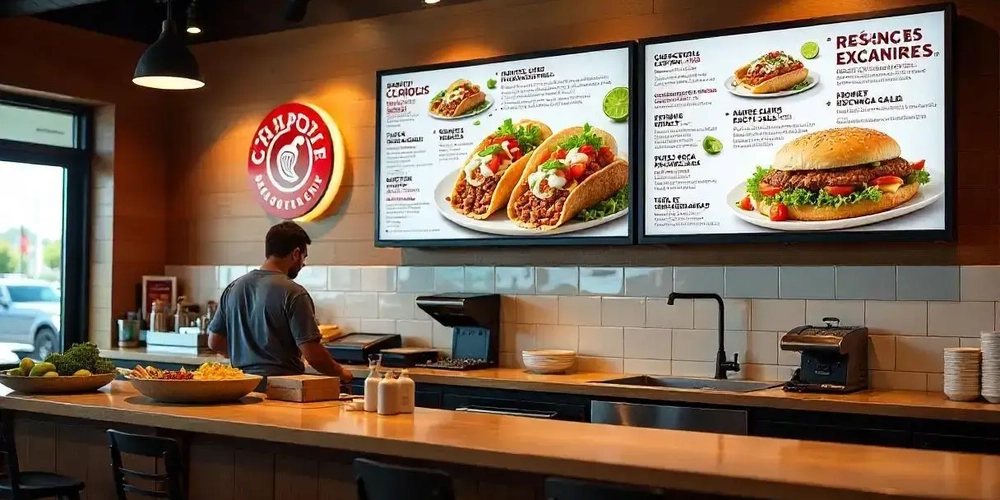















![[FREE EBOOKS] Learn Computer Forensics — 2nd edition, AI and Business Rule Engines for Excel Power Users & Four More Best Selling Titles](https://www.javacodegeeks.com/wp-content/uploads/2012/12/jcg-logo.jpg)





![From Art School Drop-out to Microsoft Engineer with Shashi Lo [Podcast #170]](https://cdn.hashnode.com/res/hashnode/image/upload/v1746203291209/439bf16b-c820-4fe8-b69e-94d80533b2df.png?#)






































































































(1).jpg?#)































_Inge_Johnsson-Alamy.jpg?width=1280&auto=webp&quality=80&disable=upscale#)








































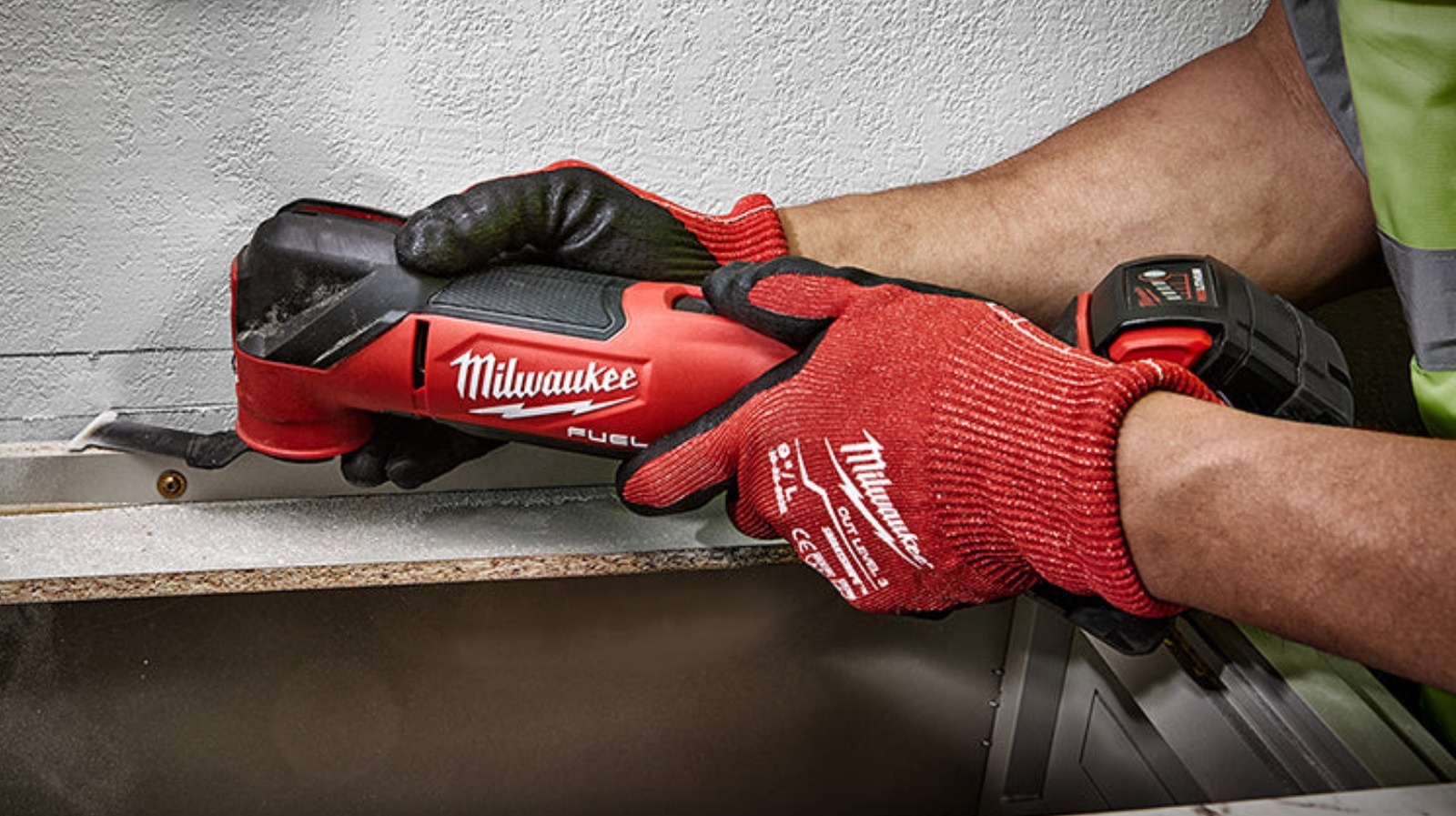
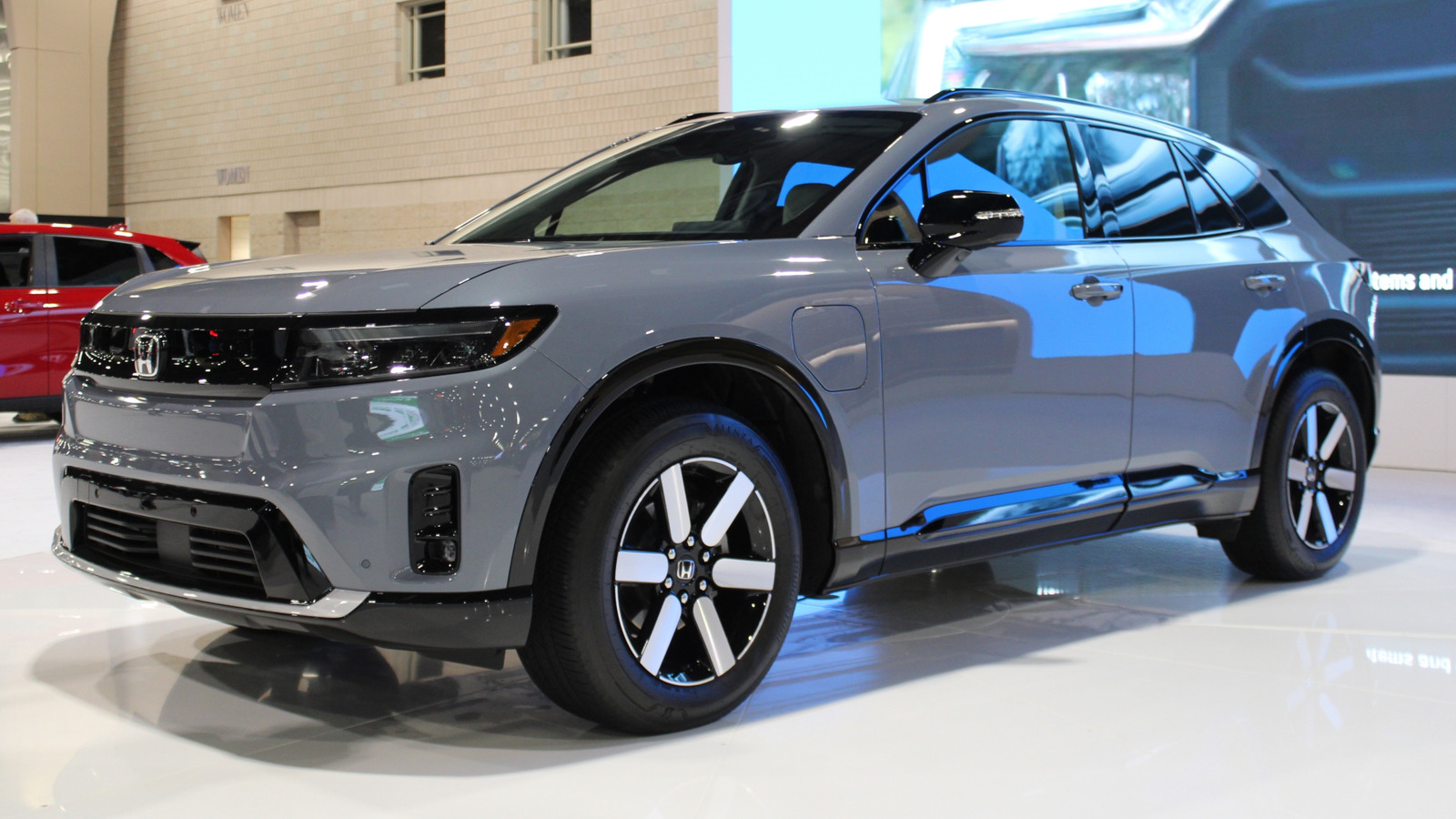
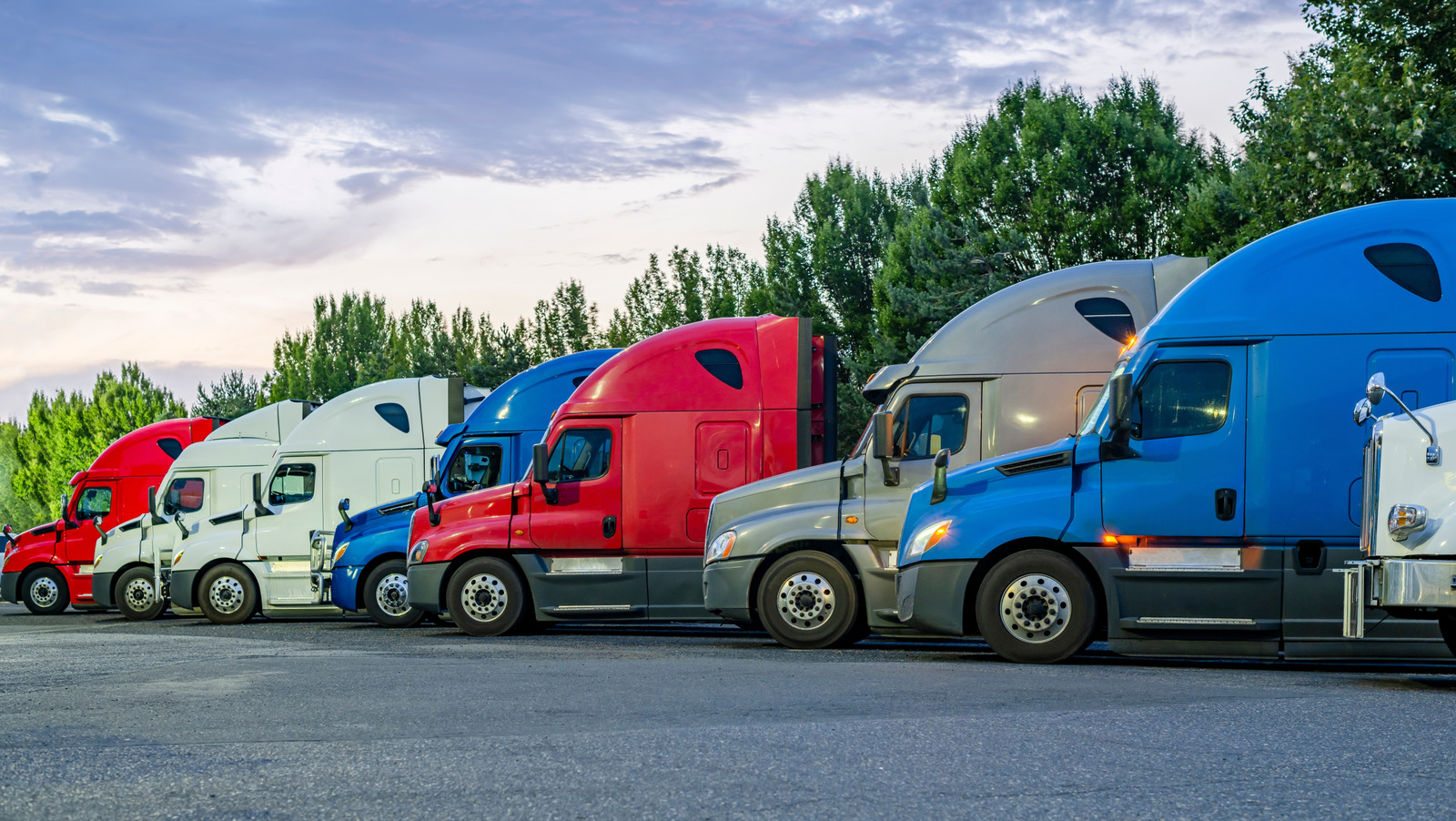
































































![Apple to Split iPhone Launches Across Fall and Spring in Major Shakeup [Report]](https://www.iclarified.com/images/news/97211/97211/97211-640.jpg)
![Apple to Move Camera to Top Left, Hide Face ID Under Display in iPhone 18 Pro Redesign [Report]](https://www.iclarified.com/images/news/97212/97212/97212-640.jpg)
![Apple Developing Battery Case for iPhone 17 Air Amid Battery Life Concerns [Report]](https://www.iclarified.com/images/news/97208/97208/97208-640.jpg)
![AirPods 4 On Sale for $99 [Lowest Price Ever]](https://www.iclarified.com/images/news/97206/97206/97206-640.jpg)
































![[Updated] Samsung’s 65-inch 4K Smart TV Just Crashed to $299 — That’s Cheaper Than an iPad](https://www.androidheadlines.com/wp-content/uploads/2025/05/samsung-du7200.jpg)



































